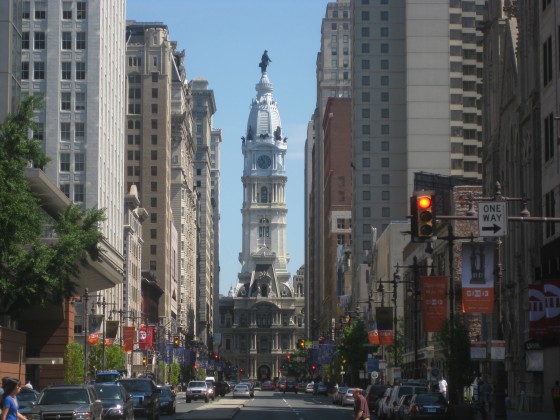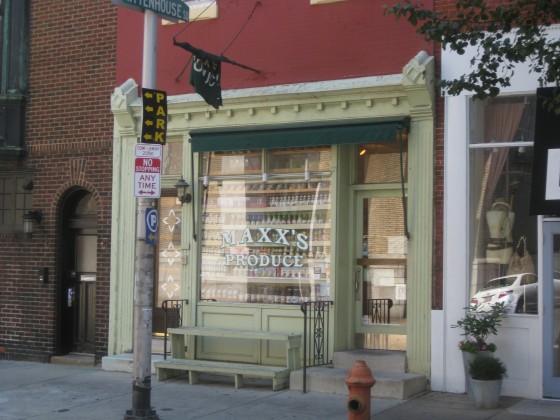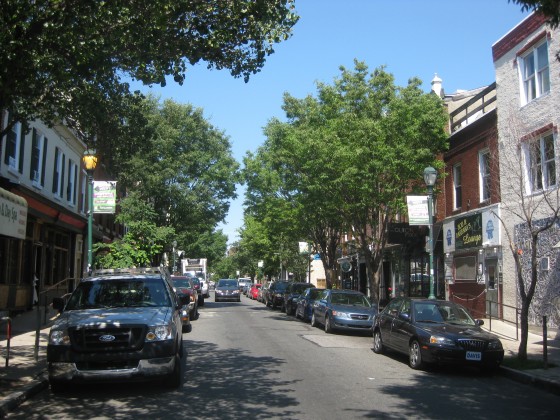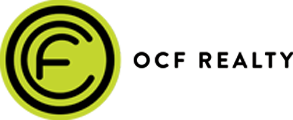Note: We know that property tax talk is boring. Read this anyway, it’s important.
As many of you have probably observed in terror, our fair city’s leadership is currently endeavoring to fix our long-busted property tax system. Much has been made of the mayor’s proposal to tuck a $94M tax increase to benefit the school district into this effort, but today we bring a potentially destructive, totally unintended consequence of the Actual Value Initiative (AVI) to your attention, hopefully before it’s too late.
We are totally petrified about what AVI could mean for small business in Philadelphia.

What are they doing?
Because AVI will mean lower tax bills for major pieces of commercial real estate in Philadelphia, like the Liberty Towers, some members of city council have suggested increasing the Use and Occupancy tax rate, to recapture some of that lost revenue. Use and Occupancy tax, for the uninitiated, is a tax that businesses pay for using real estate for commercial purposes (yes, this is ridiculous), and is calculated at $4.62 per $100 of assessed value for the square footage used for commercial purposes.
For example, let’s consider a 3000 sqft mixed-use corner property that has a 1000 sqft commercial space on the first floor, and two 1000 sqft apartments on the second and third floors. The property is (way under) assessed at $100,000. The maximum U&O for the year is $4.62 * 1,000 = $4,620. Since only 33% of the property is used for commercial purposes, the annual U&O due is 33% * $4,620 = $1,525, or $127 per month.
Makes sense?
Since the majority of commercial tenants out there have net leases, U&O is an additional monthly expense, added onto their rent. As is their share of property taxes. And because of these two factors, AVI could, entirely by accident, crush countless small businesses in Philadelphia. Here’s a concrete example: Maxx’s Produce at 255 S. 20th St. (if you’ve never been there, check it out. They’re so nice)

Maxx's Produce
Currently, the building that houses this little produce grocery shop is assessed at $80,000, with a property tax burden of about $7,500 per year. Assuming that only a third of the building is used for commercial purposes, the U&O is $1,220 per year ($101/mo) and the business share of the property tax is $2,475 per year ($206/mo). The property was purchased for $550K back in 2003, and for simplicity’s sake let’s use that figure as the reassessed value. What does this do to the taxes? To U&O?
Assuming a 1.6% tax rate, the property taxes only rise slightly, to $8,800. Not bad. Certainly manageable.
U&O? It’s a totally different story. The assessment is increasing by a factor of almost seven. Which means the U&O will go from $101/mo to about $700 per month. That’s like 1,200 pounds of bananas! And if the proposal to double U&O goes through? This little store would experience a tax increase from about $300/mo to $1,700/mo! Realistically, how many months could this little business survive such a huge increase in their monthly expenses?

It could mean serious trouble for South Street West
Are we way off base here? Are our numbers inaccurate? Are these concerns unfounded? Please, prove us wrong and tell us that we have nothing to worry about. We’ll sleep so much better.
But if we’re correct on this, and if our fearless leaders don’t come up with some protections for small businesses, we could find ourselves with far fewer places to shop, eat, and have fun in the very near future. Kind of makes a 500% increase in your residential property taxes seem not so bad, right?
Okay, maybe not.
